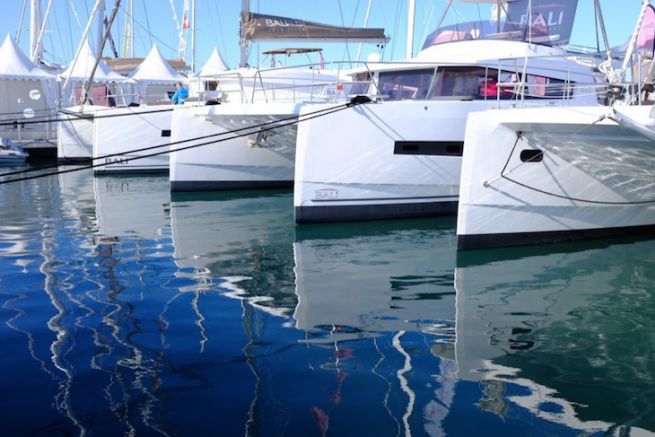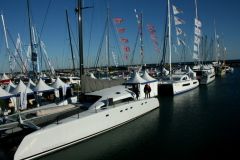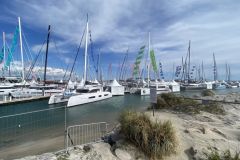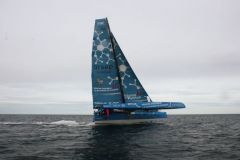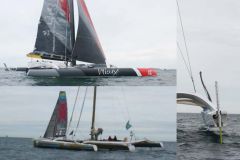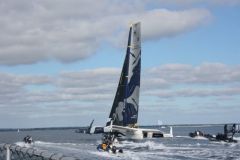A dynamic market
The multihull market is a fast-growing and dynamic market, as shown by the various market players. This sector is driven in particular by the development of the charter market, which attracts more and more customers each year and represents 40% of the builder market, a phenomenon specific to the multihull market. But also by the search for comfort and space, which is driving the switch from monohulls to multihulls. For long family sailing trips, multihulls offer many advantages: space, stability, comfort at sea, open spaces (especially for sailing in the sun).
In 2017, many manufacturers announced new launches for 2018 and in the years to come, showing the dynamism of this sector.
Each year, between 800 and 1,100 units are launched on the market, according to the figures communicated by the various manufacturers. In fact, no official statistics are published on this market. This market is driven by cruising catamarans over 30 feet.
As for the type of units, sailing dominates the market (85% of units produced, i.e. between 750 and 950 units), both catamarans and trimarans. Only 15% of the units produced each year are power catamarans.
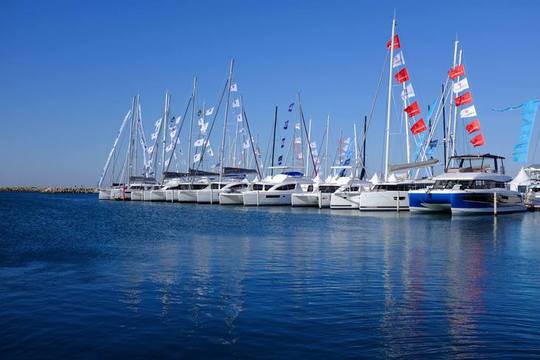
A mainly French production
70% of the production is French with brands such as Lagoon (world leader), Foutaine-Pajot, Catana Group, Bavaria Nautitech, Outremer, Privilège Marine, Marsaudon Composites, Neel, Swiss Catamarans, Aventura... South Africa is the second world producer with Robertson & Caine (number 2 in the world with the brands Leopard, Sunsail and Moorings), but also Tag Yachtsn Knysna Yachtsn Royal Cape Catamaran, Xquisite..
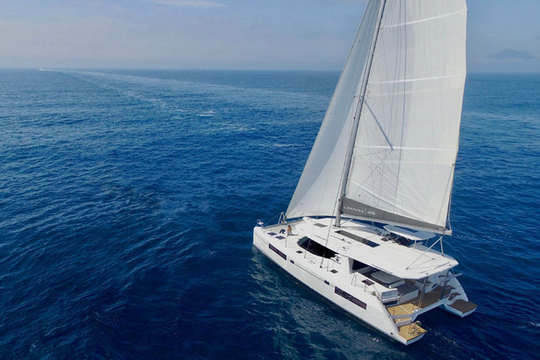
Building more and more
To meet the increase in sales, construction sites are investing heavily and all the major manufacturers' sites have seen their production capacity increase by double digits. Many players have chosen to expand in order to build more.
For example, Lagoon built a new plant in Bordeaux (CNB), Foutaine-Pajot increased its production capacity at its Aigrefeuille site (Charente-Maritime), Bavaria Nautitech completely adapted its production site in Rochefort and its plants to produce more than 80 units in 2017 or Outremer expanded its production site in La Grande-Motte, building new facilities in Canet-en-Roussillon (Western Pyrenees).
Finally Swiss Catamaran has recently repatriated its production to Balaruc (Western Pyrenees), when Catana, with its Bali brand has produced more than 80 catamarans in 2017.
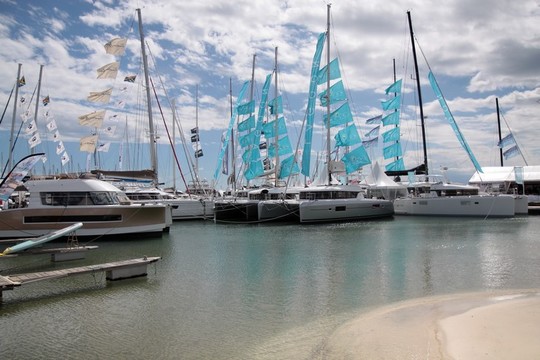
Charter sector boosts sales
Today's rates and quality of construction are encouraging homeowners to purchase a unit managed by a charter company. This is not a new phenomenon, but one that is growing. The charter market accounts for approximately 40% of the builders' construction business.
The motor catamaran, a growing trend
Even if the sail remains very present in the field of multihulls, the engine tends to develop. Even if it represents between 15 and 20% of the market, all manufacturers now offer a motorized model in their range. The increase in autonomy is undoubtedly not for nothing.

